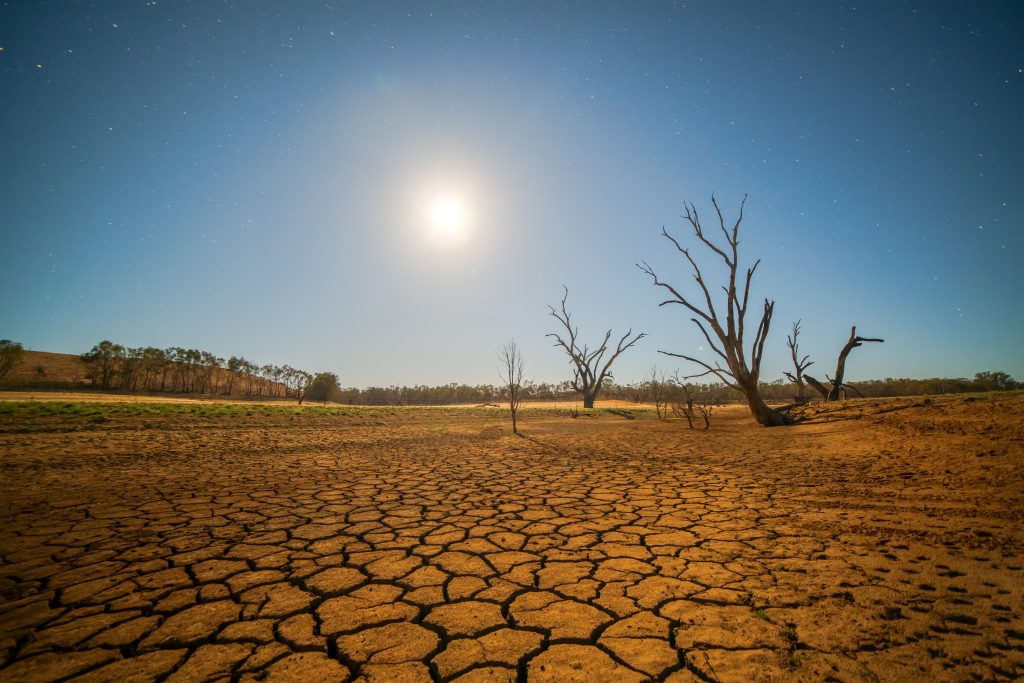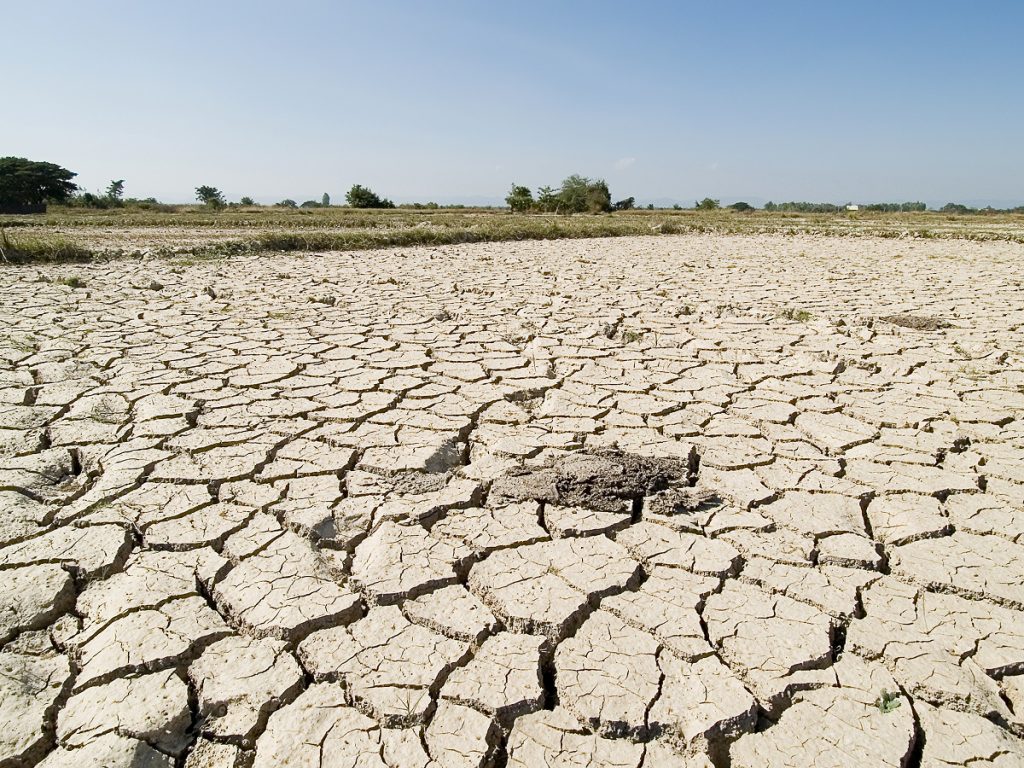The drought of 2012 was the worst of its kind to affect the United States in the 21st century. It affected several Midwestern states, including Oklahoma, Wisconsin, and Missouri.
Drought sounds like an archaic word to most, especially city-dwellers. But to people who live in the countryside or make their livelihood from the land, drought is a fearful word. And it’s being used and heard, more and more.
Kansas City today is a metropolis, surrounded by suburbs and luxury real estate developments, but during the 1930s it was much smaller. The city was already one of Missouri’s urban centers, but it was still not safe from the series of devastating dust storms and droughts. People now call the years between 1930 and 1939, a period when dust choked the air throughout the Midwest, the Dust Bowl.
Why the Dust Bowl Began
Experts from various disciplines have narrowed down the complex origins of the Dust Bowl to a combination of aggressive agriculture and unpredicted change in weather. The U.S. Government at the time had encouraged agricultural expansion into the Midwest through several laws.
Farmers and homesteaders, a lot of whom were inexperienced, converted millions of acres of prairie and grasslands into farms for heavily demanded crops, like wheat and corn. When these crops failed due to drought in 1931, these same acres turned to fields of dry dust.
The Dust-covered People
Among the most heavily affected of the Midwestern states were Oklahoma, Kansas, North Dakota, and South Dakota. However, the Dust Bowl extended as far east as Pennsylvania.
Among people, farmers were the ones who suffered the most. The dust storms rendered half a million people homeless and forced 2.5 million Americans to migrate to other states. People derisively called these impoverished migrants “Okies,” because a significant number of them were from Oklahoma. They faced poverty, starvation, and, if those weren’t bad enough, prejudice.
The oversaturation of dust in the air caused severe health problems. Malnutrition became prevalent because of the scarcity of food and even led to deaths. But the most horrifying effect of the dusty air was dust pneumonia. The soil particles in the air were too fine and too many to be filtered out by any technology at the time. People could not escape breathing them in, and this led to 500 people choking to death from too much dirt in their lungs. Dust pneumonia affected everyone, from the elderly to infants.
The Dust Bowl in Kansas City
 Missouri was only more fortunate than its neighboring states by the smallest margin. Kansas City, despite already being an urban center, still felt the sting the Dust Bowl. Several photographs archived by the Kansas City Public Library perfectly illustrate just how dire and dreary those years were for the city.
Missouri was only more fortunate than its neighboring states by the smallest margin. Kansas City, despite already being an urban center, still felt the sting the Dust Bowl. Several photographs archived by the Kansas City Public Library perfectly illustrate just how dire and dreary those years were for the city.
Schools taught children to wear cloth bandanas when leaving school, to decrease dust inhalation. Severe dust storms clouded visibility to the point of blindness. These towering storms sometimes reached altitudes of 15,000 feet. The dust was everywhere, an inescapable torment.
The droughts also denied cattle and other livestock water and grass for grazing. These animals starved by the thousands. Kansas City was the site of a massive relief operation to provide cheap meat to starving families. The state government bought emaciated and healthy cattle from farmers as a form of financial aid. They then killed the sickly cattle and butchered and distributed the healthy ones to impoverished families.
Climate change is quite literally a hot topic. But rising temperatures may signal the start of another era of dust in the United States. Everyone should cherish the environment and recognize just how much more comfortable life is compared to what the people of the Dust Bowl lived. People today, hopefully, inherited the hardiness and perseverance of those who had nothing but dust on their plots and plates, yet still grew strong.

